By Nathan Waters
This month, a war took place at Genesee County’s typically serene Mott Lake.
That is, the normally “no wake” lake played host to the Third Annual Mott Lake Regatta, dubbed “War of the Wake,” from Aug. 9 to Aug. 10.
The Mott Lake Regatta is a hydroplane event held by the Marine Prop Riders, a club founded in 1951 and “dedicated to promoting Inboard Hydroplane Racing throughout the Detroit region,” according to the group’s website. It is an American Power Boat Association (APBA) sanctioned event where drivers can earn points for the season, culminating in a season title.
The event, held at its namesake Mott Lake, is relatively new to the APBA circuit, enjoying just its third year. And while the sleepy lake may seem an odd location for such a high-speed event, former race director and current committee member for the event, David Muczinski, said it is a “perfect spot” to hold the race.
”We identified Mott Lake as a perfect spot to host a hydroplane race mainly due to two factors: the race course, and the spectator viewing… the protected nature of the lake keeps the water calm enough to race [and] the entire surrounding area is government-owned land so we are not having to deal with issues relating to people who may live on a lake.”
On the topic of the spectator experience, Muczinski said, “[it] is among the best in hydroplane racing. Having the beach there allows the public to view the race along the front straightaway heading into the first turn, which is the optimal place.”
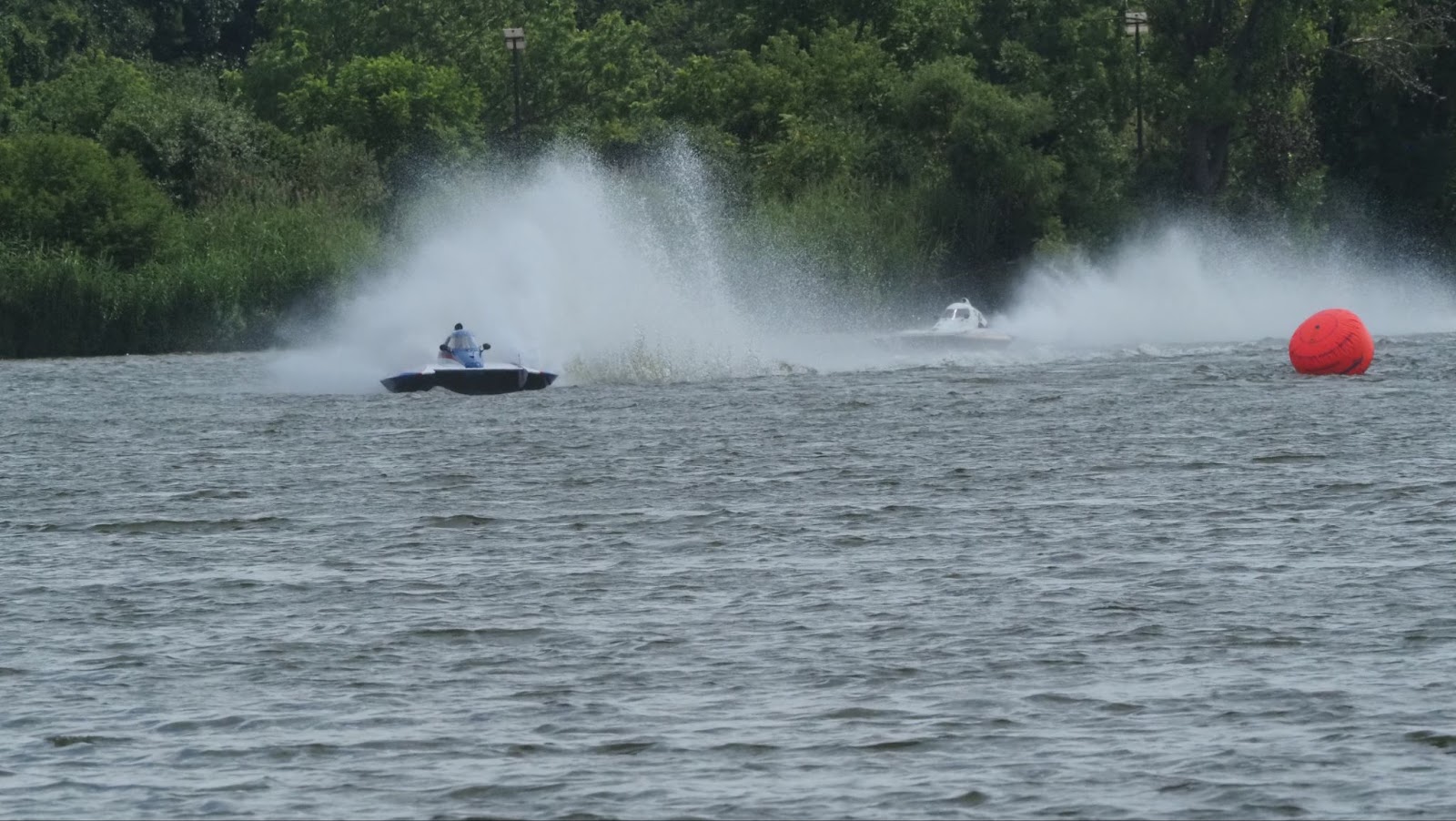
Although powerboats have existed in some form since 1887, the modern “three-point” design typical of the Mott Lake race solidified in popularity in the 1940s when the abundance of relatively cheap equipment following the Second World War allowed the sport to proliferate.
And under the heat of the mid-August sun, people of all ages found shade where they could to watch each race take place. With food trucks, a splash pad for the kids, and a beer garden for the adults, the Mott Lake Regatta had a little something for everyone. Live music drifted across the beach along with the sound of roaring hydroplane engines. The announcer explained each different round to those who may have been unfamiliar with the sport, while the horn of the nearby Huckleberry Railroad would occasionally sound off as if to remind viewers that the exotic event wasn’t far from home.
During a break in the action, four-time National Champion and one-time World Champion, Tony Black, discussed the current state of the sport. With a decline in popularity due to a variety of factors, he said, the number of events and the size of the crowds are not what they once were.
To help revive the sport Black was happy to inform the crowd of the opportunity to try hydroplane racing for themselves.
“The last weekend in May we hold a weekend long driving school,” he said, “where anyone can come and try driving one of these machines.”
For a fee of $650 the APBA inboard boating school provides an entire weekend of instruction, use of equipment, capsule training, and time on the course. The next class will be held starting May 29, 2026.
East Village Magazine (EVM) also had the opportunity to go behind the scenes and visit the pit to see what goes into making each exciting lap of the lake possible. Trailers loaded with powerboats of all different shapes and sizes were tucked deep behind the bustle of the Crossroads Village. Two cranes towered as they placed boats of each class delicately in the water for their turn to run the course, while the relaxed atmosphere around the tents of each team obscured the visible risk each driver takes every time they get into their cockpits.
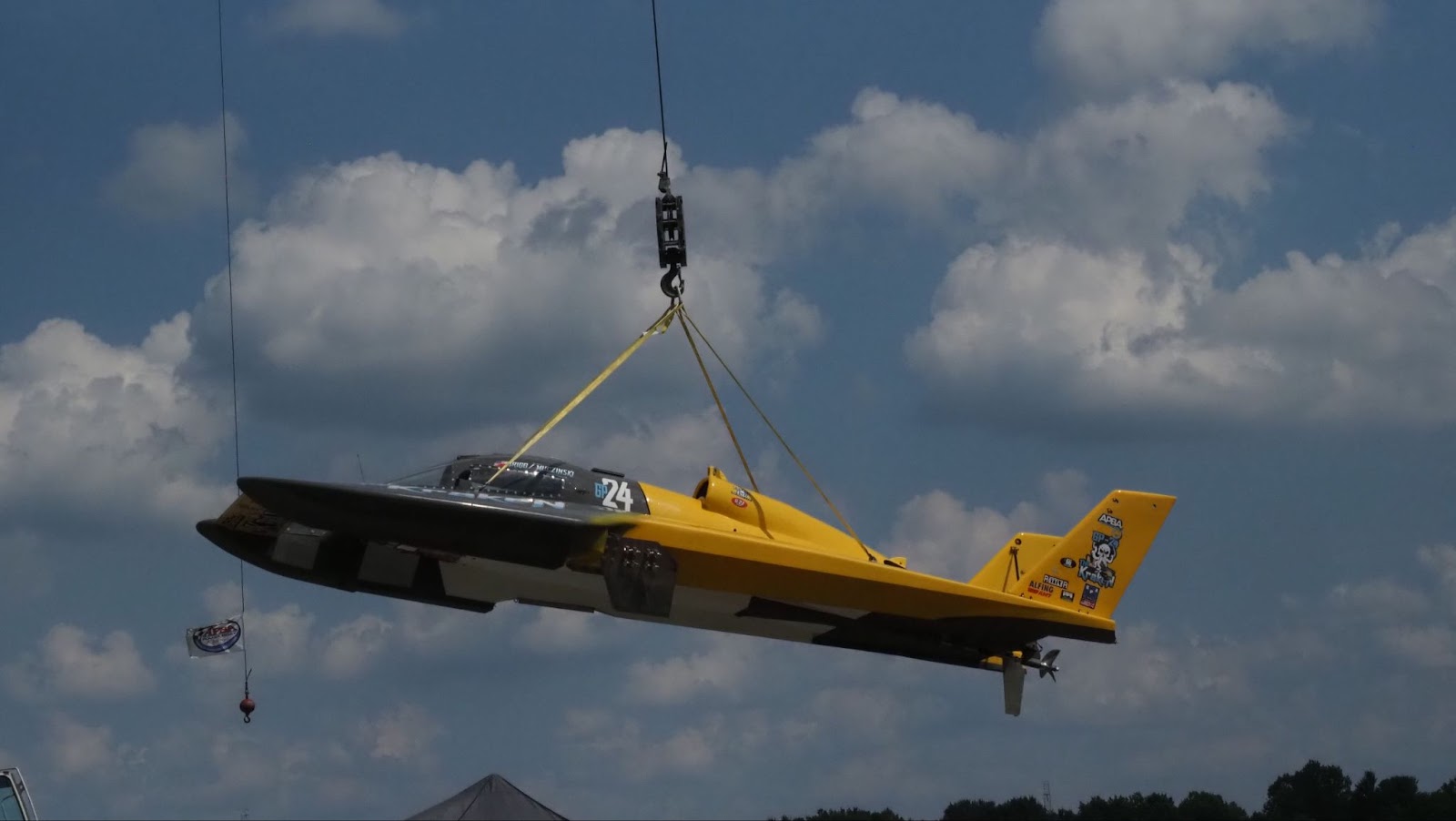
As this reporter learned, modern inboard hydroplanes can range from 1.5 liter displacement stock Toyota engines (T-Class) traveling at 90 mph up to supercharged big block Chevy V8 468 cubic inch Grand Prix Hydroplanes which reach speeds of up to 170 mph. On an uncontrolled waterway like a lake or a river, things can become unpredictable.
It is said that safety rules are written in blood, and hydroplane racing is no exception. 1966 saw the death of Chuck Thompson when his hydroplane flew apart on the Detroit River during the Gold Cup race. This, two weeks after a crash killed three in the Presidents Cup in Washington D.C. on the Potomac River.
The APBA now requires all hydroplanes to have an enclosed cockpit, known as the capsule, fixed with an escape hatch on the bottom of the hull if the boat were to flip and the driver needed to be rescued. The capsule also contains an oxygen supply in the event that it fills with water following a crash. The drivers are required to wear a racing helmet, life jacket, a fire- and cut- resistant suit, and pass capsule training every two years.
This hasn’t completely mitigated the dangers, however. Detroit again saw crashes in the Gold Cup in 2010 and 2017. Luckily, neither resulted in fatalities, in part, due to the safety features required.
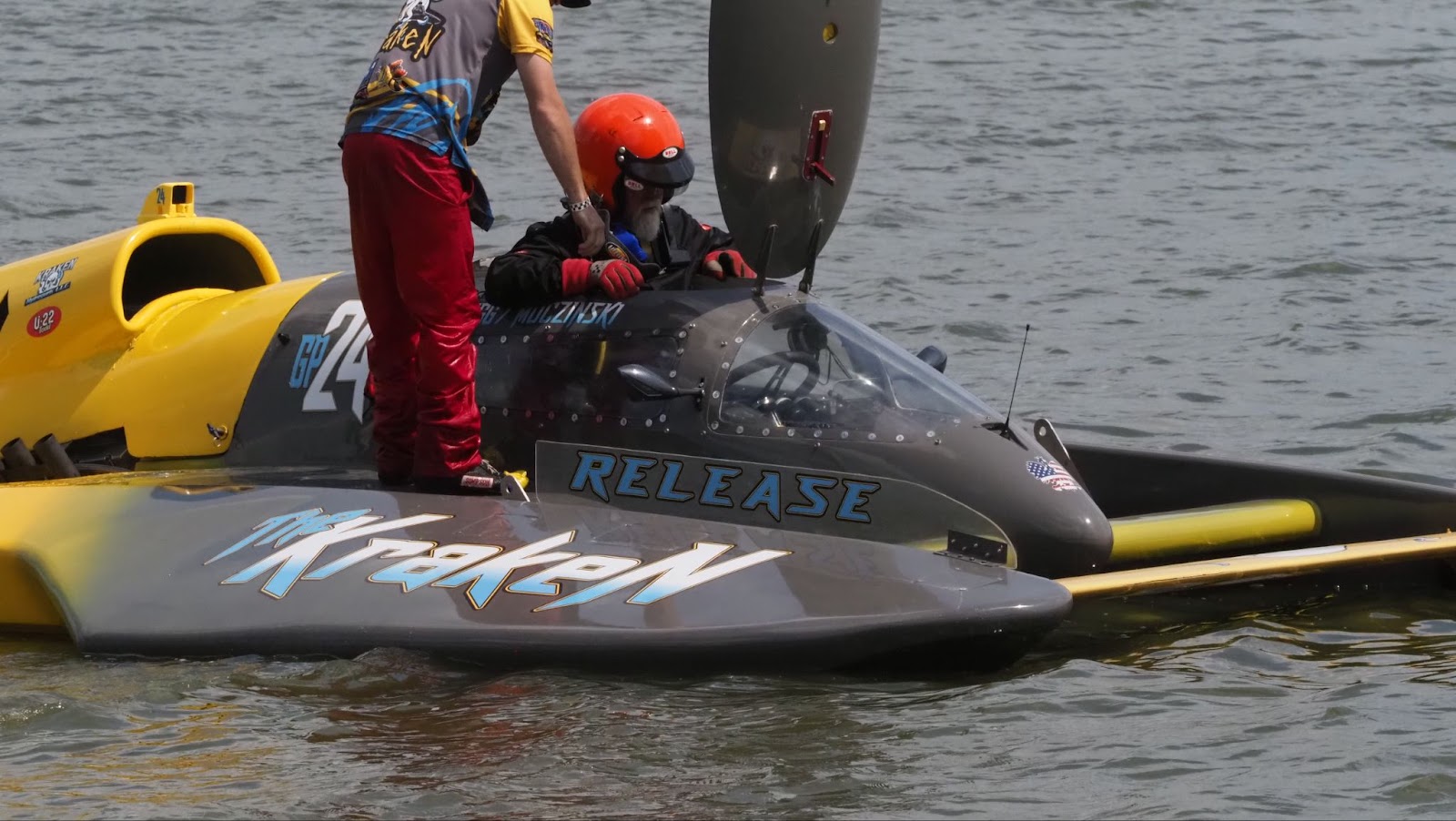
On race day, Anne Owen shared her experience growing up on the racing scene with EVM. She said her father, Paul Poledink, had raced for many years, and they “were always going to one event or another.”
“He passed away a year ago this week,” she added, “and I just felt I had to be here.”
There are now two drivers for her boat, “The White Lightning,” John Bridge II and Steve Fischl. They race The White Lightning in what’s called the “vintage division,” which features races akin to the events during intermission at major sports stadiums.
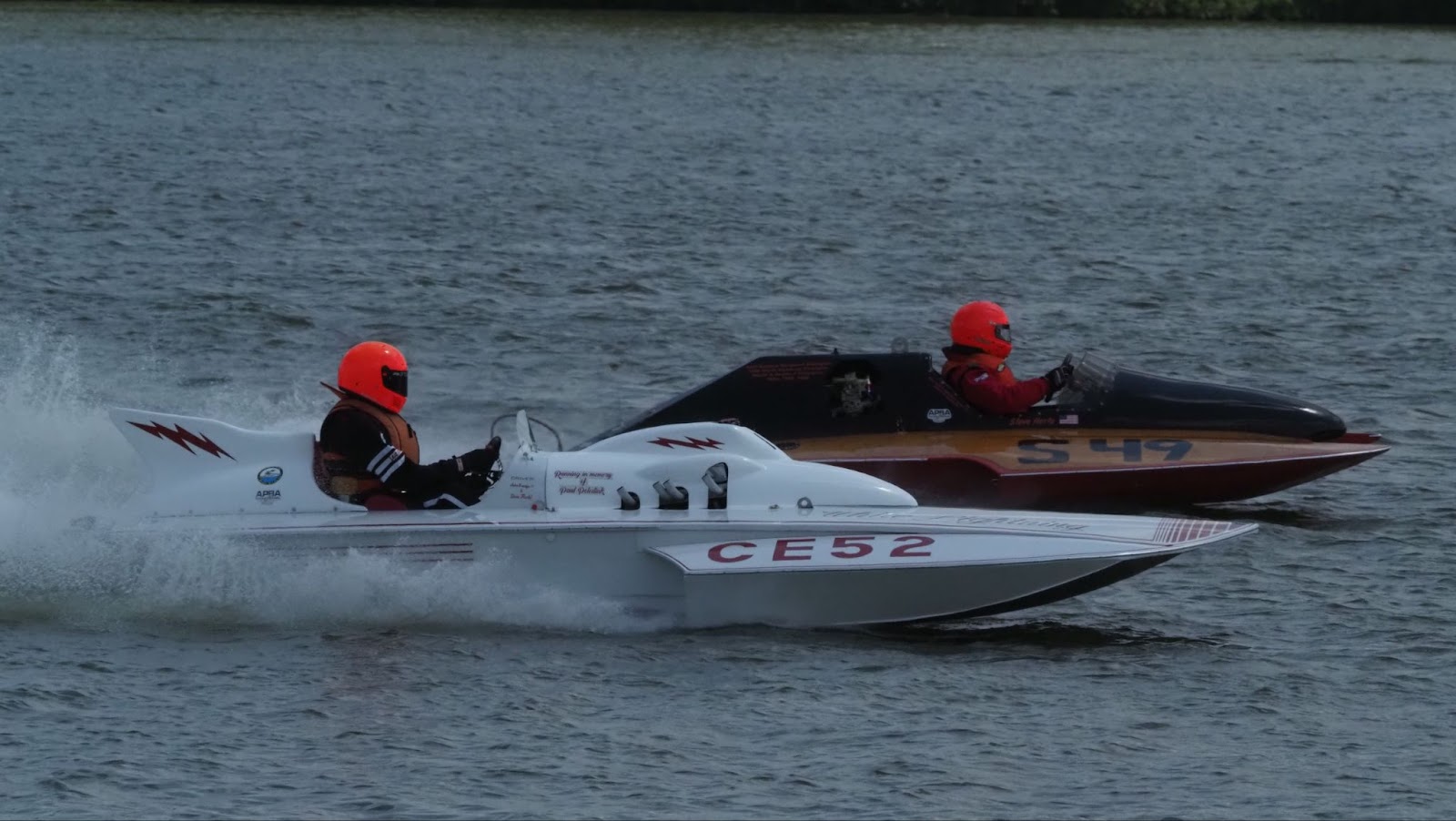
Tom Seebold, owner of another vintage boat dubbed “Time Capsule,” said, “[We] don’t race for points in the standings, they aren’t even timed.” Instead, he described the vintage division as a celebration of the history of the sport while “giving the other racers time to prepare between events.”
Owen also introduced EVM to Sandy Ross, 97, who many were calling a “legend of the sport,” during the regatta.
Starting his career in 1947, Ross has seen the expansion and contraction of the sport, and he was more than happy to explain its history from the very beginning.
Punctuated by a pause as drivers from each round revved their engines in preparation for their event, Ross described his years of driving, only taking minor corrections from his companions Duane Michno and Ronald Ablee. He shared about the N-class races which used “a 225 CI GM six cylinder or a 1933-37 Ford V8” which, in total, would only cost $650 in contemporary currency. “It was more affordable, I was a journeyman electrician making $5.50 an hour, union too!” Michno added, “Some of today’s boats have engines costing $40,000 dollars…and you better have a spare too.”
While not all boats are made to race the same in 2025, the overall sense of community was tight-knit and welcoming on event day. EVM was invited to spend the remainder of one afternoon watching from the pit area with various teams as their pilots went through their races. More than once, the acknowledgement of the risk to drive these machines was made, but every race team has returned again and again, much to the delight of the sport’s spectators.

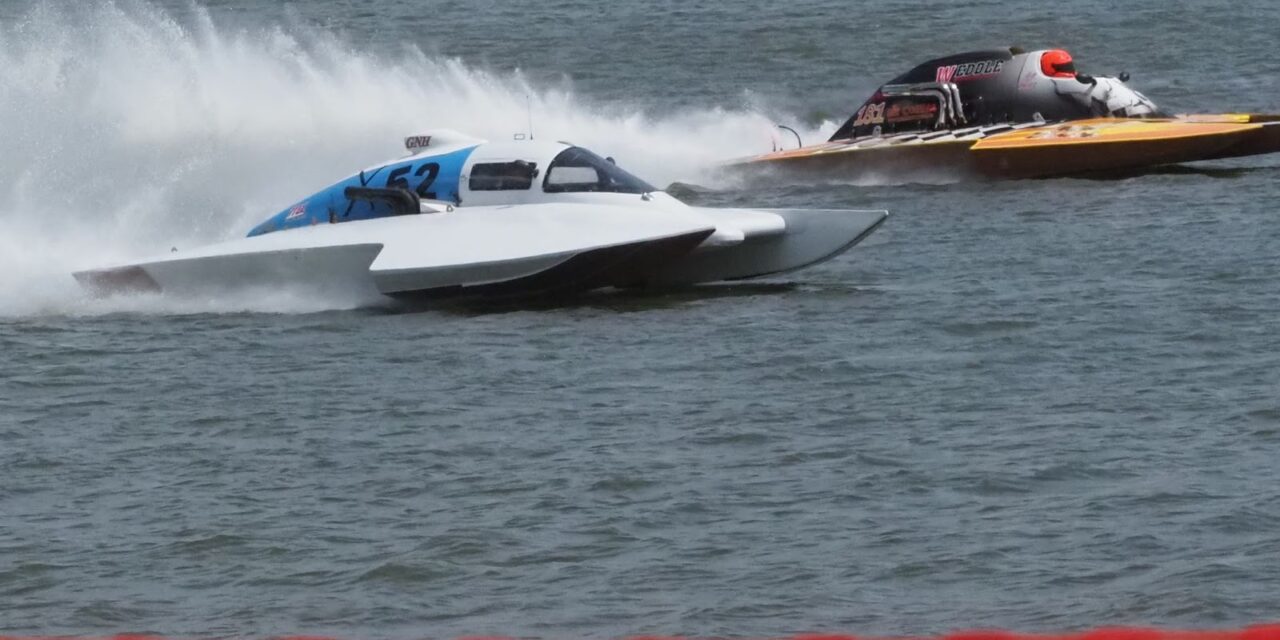

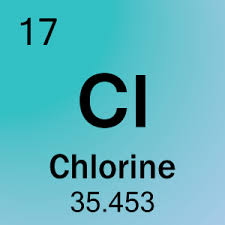


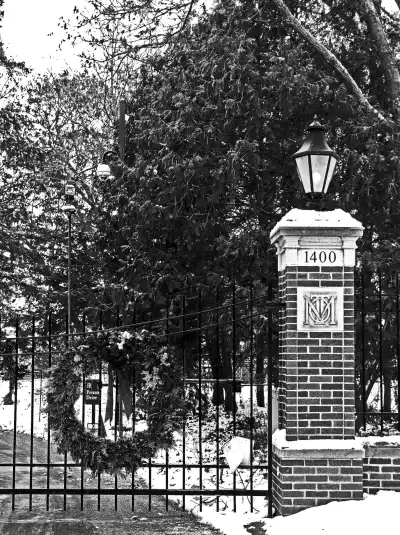

You must be logged in to post a comment.